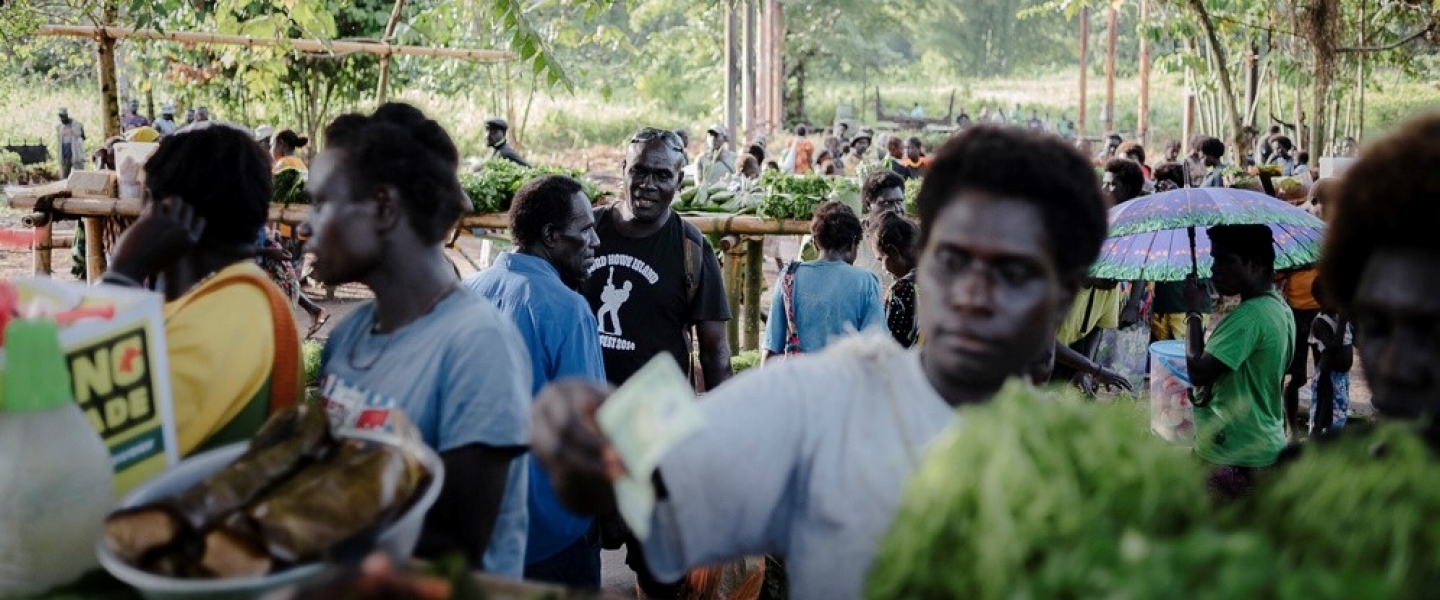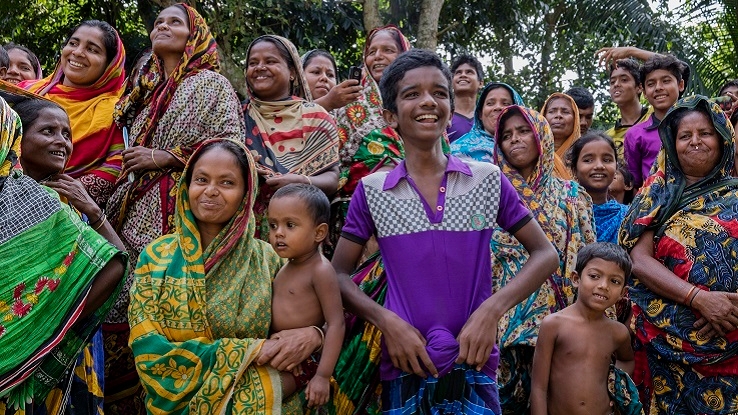As of 2025, most of the world’s extreme poor live in fragile and conflict-affected settings. There are now more violent conflicts globally than at any time in the past 30 years, and the world is also facing the largest forced displacement crisis ever recorded.
One in eight people worldwide is estimated to have been exposed to conflict in 2024. These alarming trends have been building for some time: in 2021, 1.7 billion people were exposed to political violence. The direct economic losses from violent conflict are staggering. One estimate shows that these amounted to nearly $20 trillion, or about 11.6 percent of global GDP in 2024. Violent conflicts affect not only the poorest countries. Over the past decade, more people have been killed in middle-income countries than in low-income ones.
In addition to violent conflict, interpersonal, gang-related, drug-related, and gender-based violence all pose a major threat to development and to the well-being of millions. Every year, about half a million people die from violence, two-thirds of which are victims of intentional homicide. In some areas, homicide rates are higher than deaths in conflict zones, causing major human suffering as well as economic and social disruption. The impacts of this violence are highly gendered. While most victims of lethal violence are young males, high levels of homicide go hand in hand with high levels of sexual and gender-based violence (SGBV) and violence against children, with severe, lifelong impacts on those affected. For example, while one out of three women experience physical and/or sexual violence in their lifetime, this rate increases by a further 34 percent in conflict-affected countries. For instance, the ongoing conflicts in Ukraine and Ethiopia have both been characterized by high levels of SGBV.
As a result of the increased levels of conflict and violence, the world is seeing the largest forced displacement crisis ever recorded. At the end of 2023, there were 117.3 million displaced people globally, of whom the internally displaced constitute about 58 percent. Syria, Colombia, the Democratic Republic of the Congo, Yemen, Ethiopia and Afghanistan continue to host the largest internally displaced populations. Furthermore, forced displacement has become increasingly complex and protracted, with substantial socioeconomic impacts on both refugee and host communities. Women and children together comprise about 70 percent of all forcibly displaced people worldwide. Current conflict or climate related events in Ukraine, Ethiopia, Pakistan, Syria and Yemen are all contributing to growing forced movements of people.
Moreover, adverse climate changes will likely have the greatest impact on many of today’s fragile and conflict-affected societies. Climate variability and change, and its interaction with conflict vulnerabilities, has led to displacement, loss of livelihoods, destruction of infrastructure, undermining the resilience of communities and institutional capacity of governments. In Ethiopia, for instance, the vast majority of internally displaced persons (IDPs)—85 percent—have been displaced by conflict while other main causes of displacement are climate-induced, namely drought (7 percent) and seasonal floods (3 percent).
Last Updated: Aug 13, 2025

